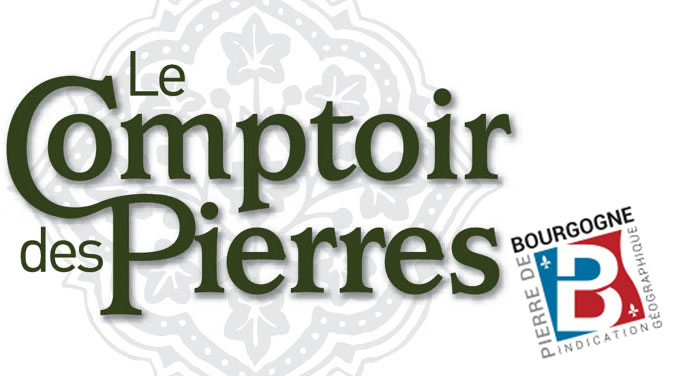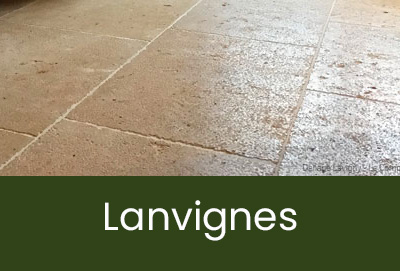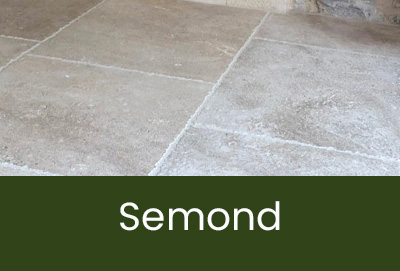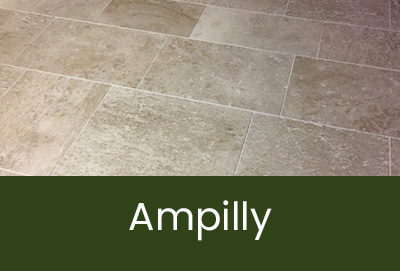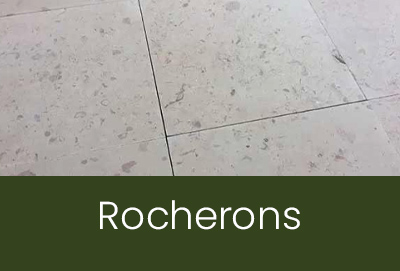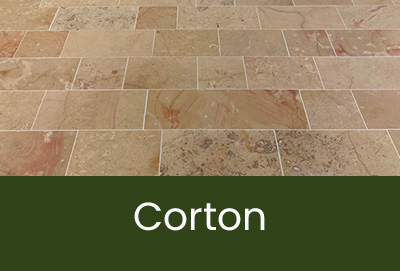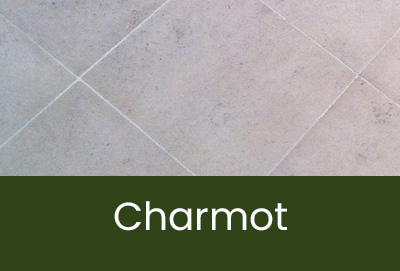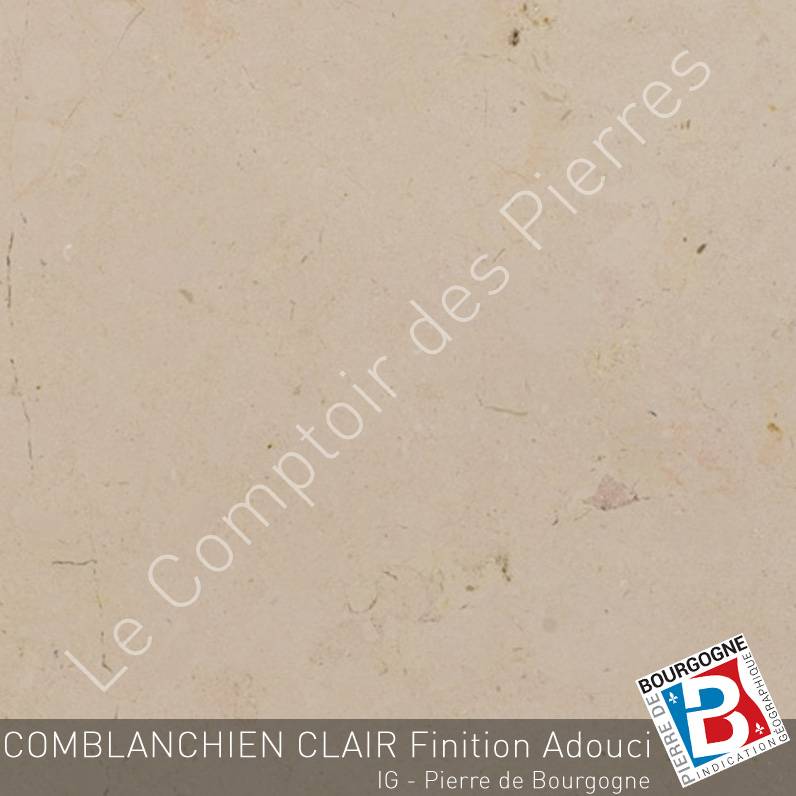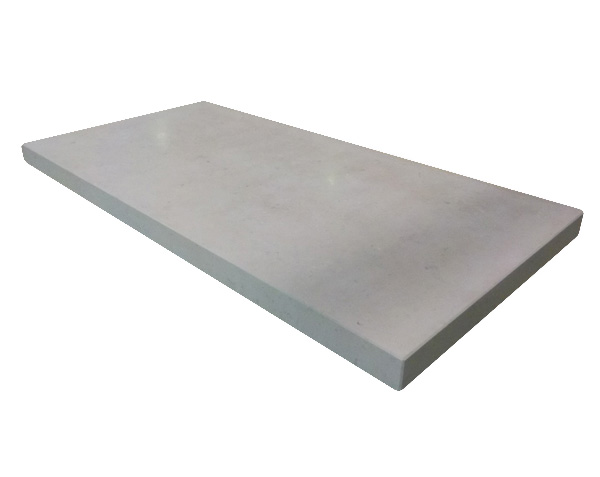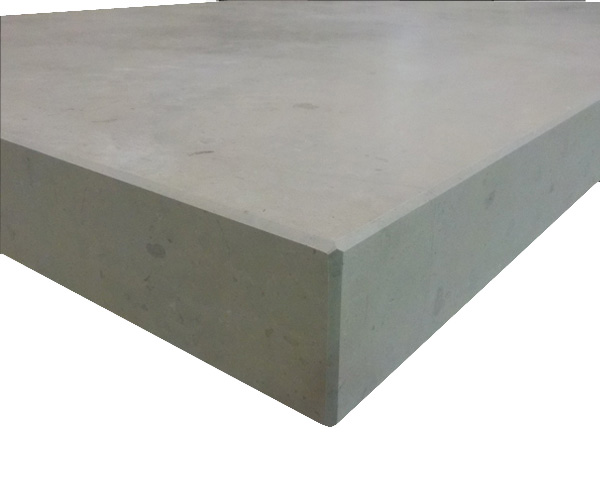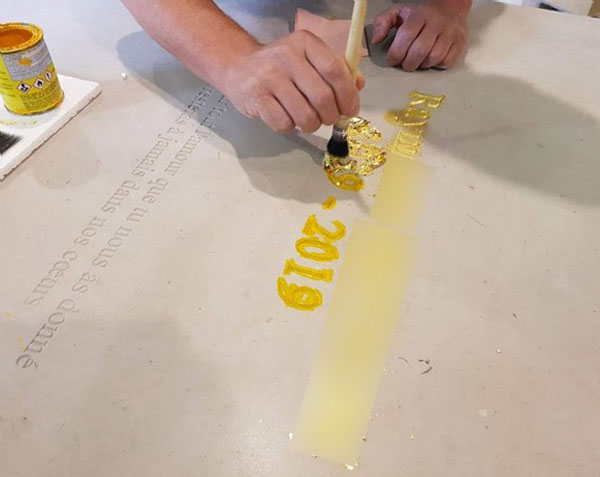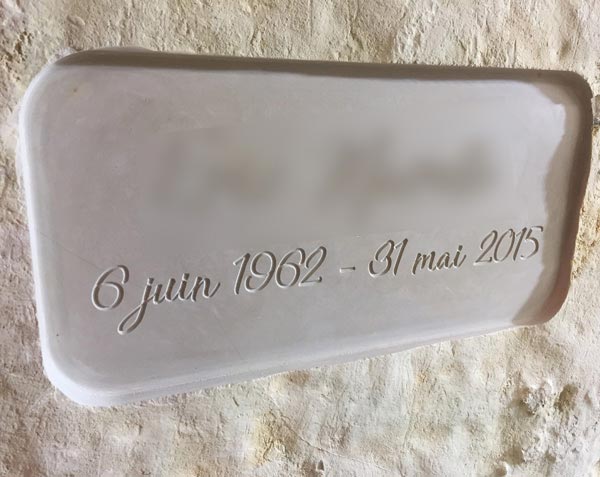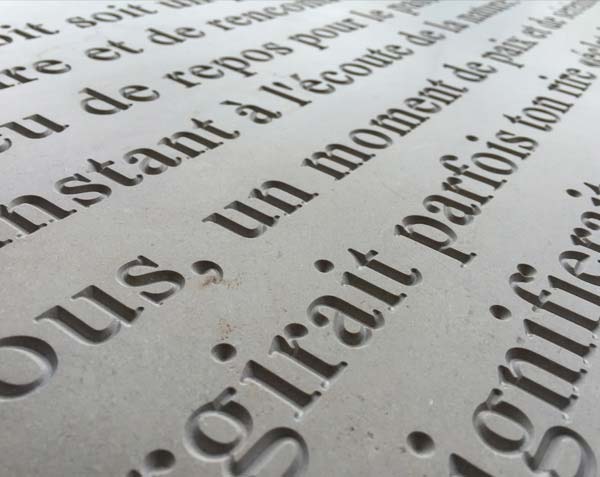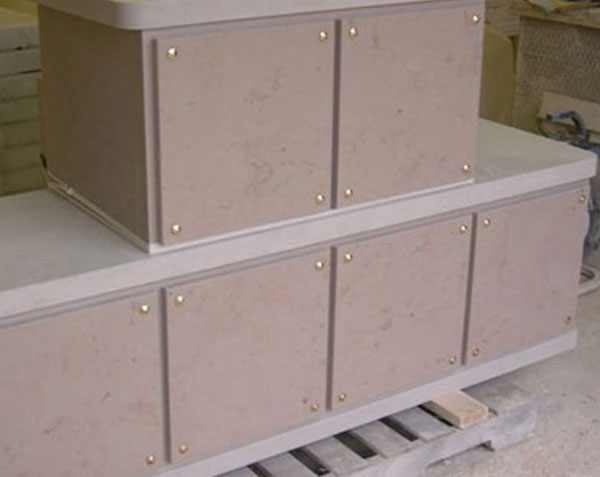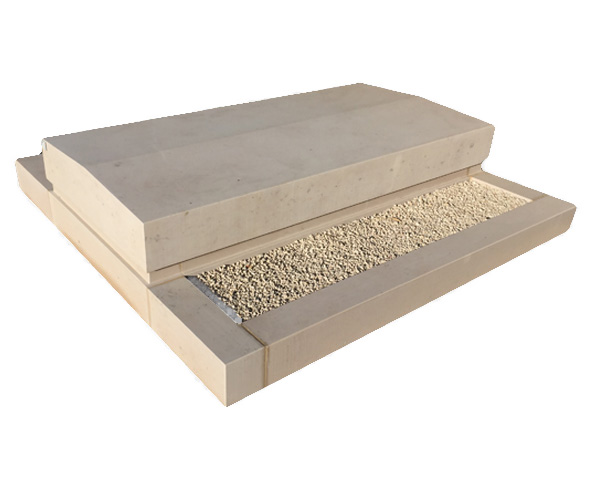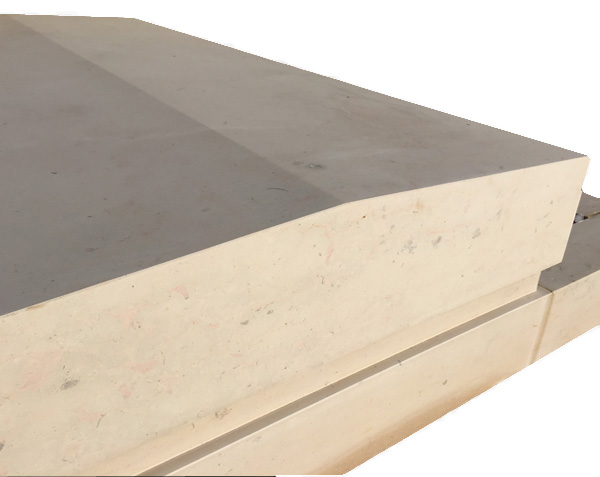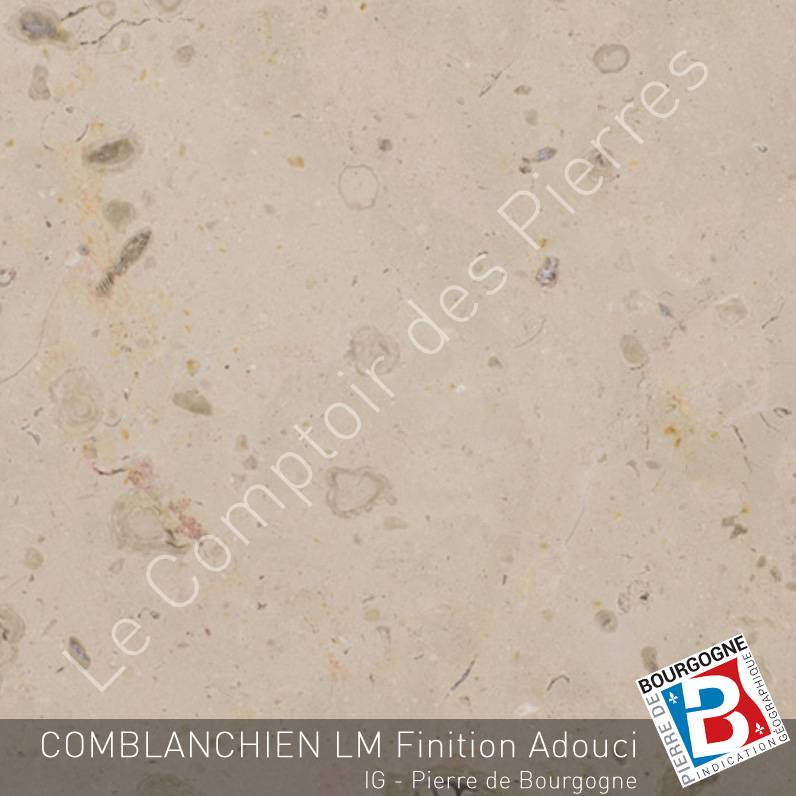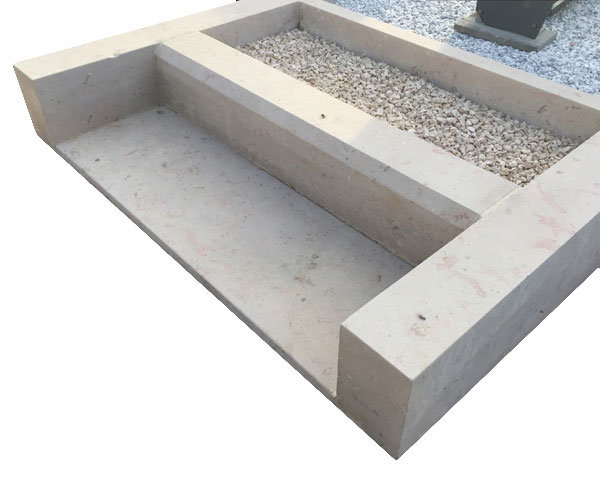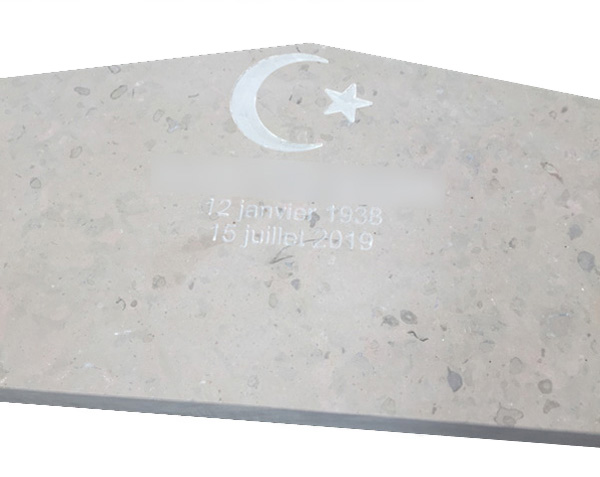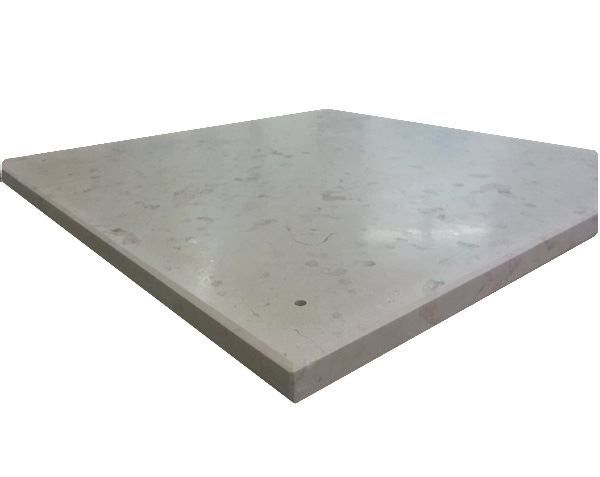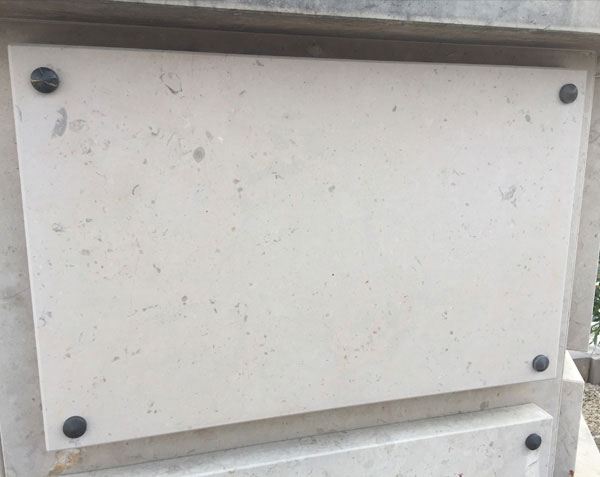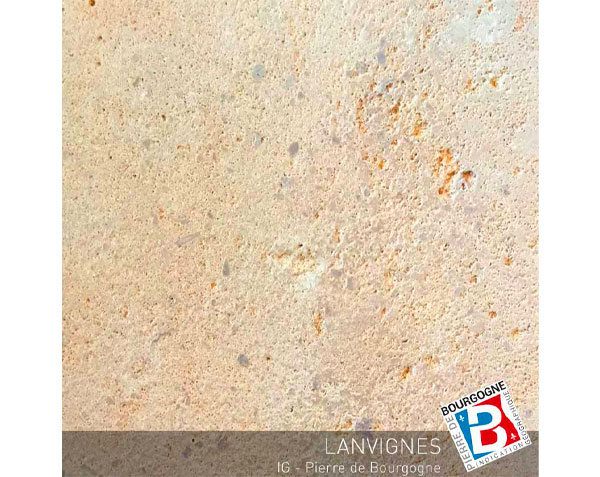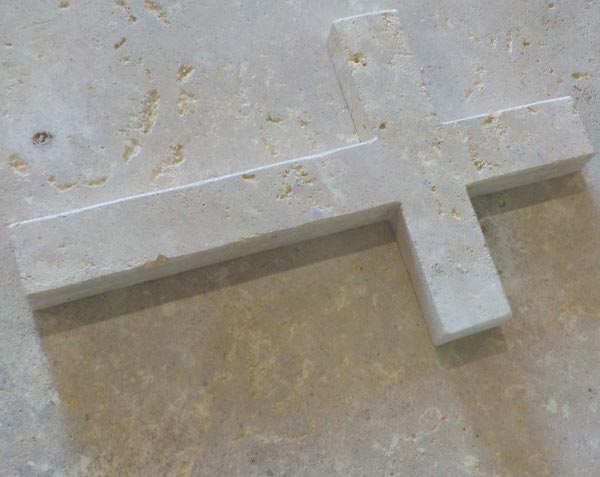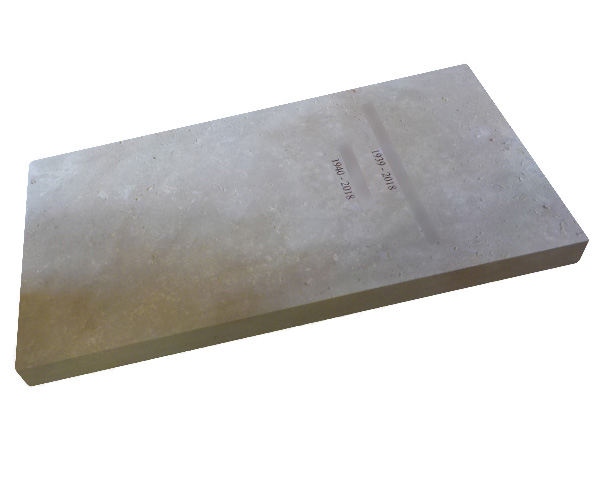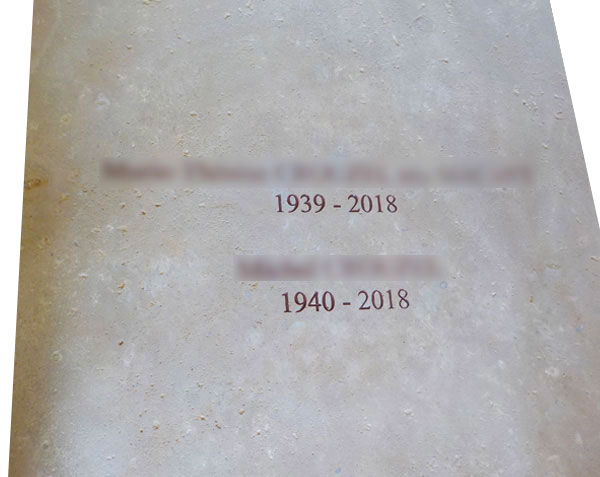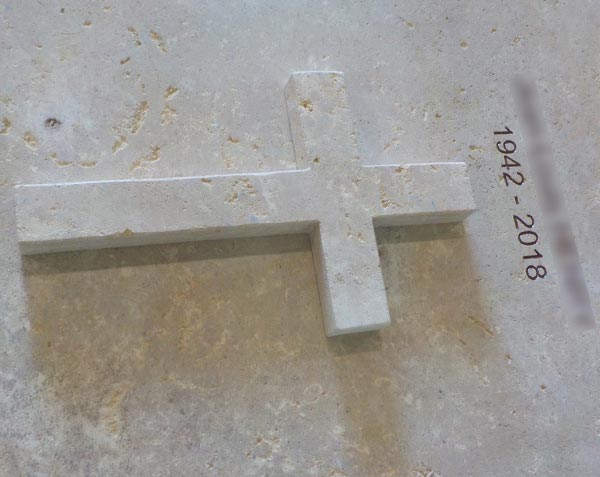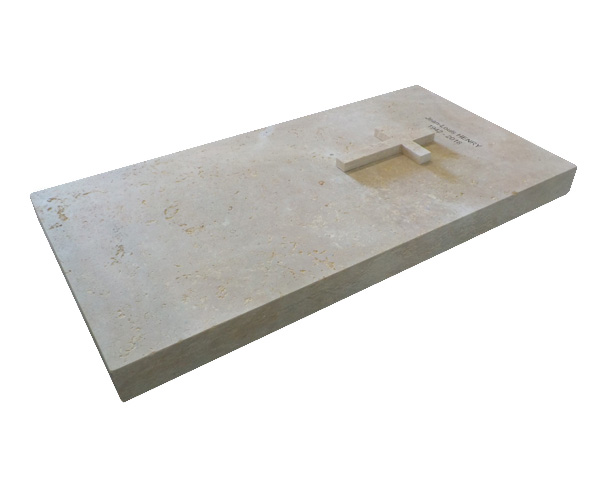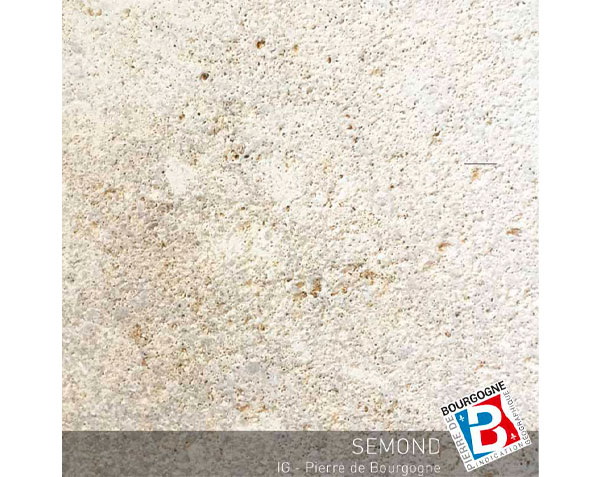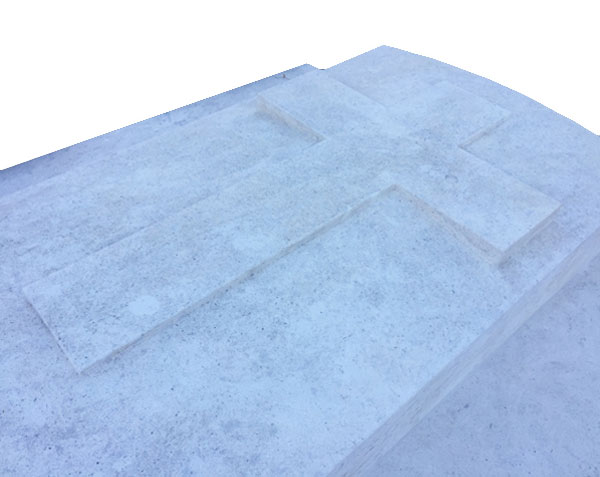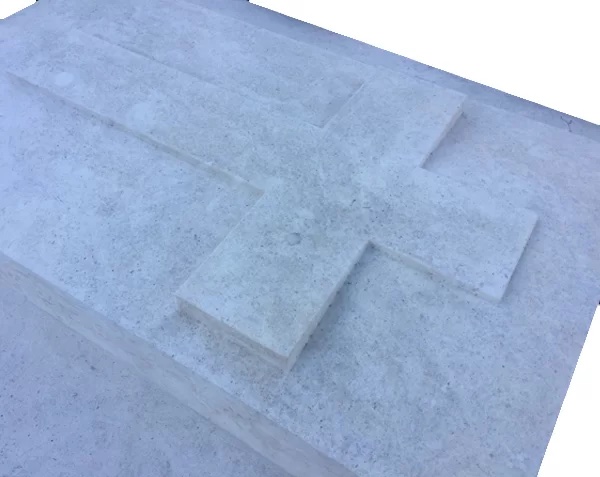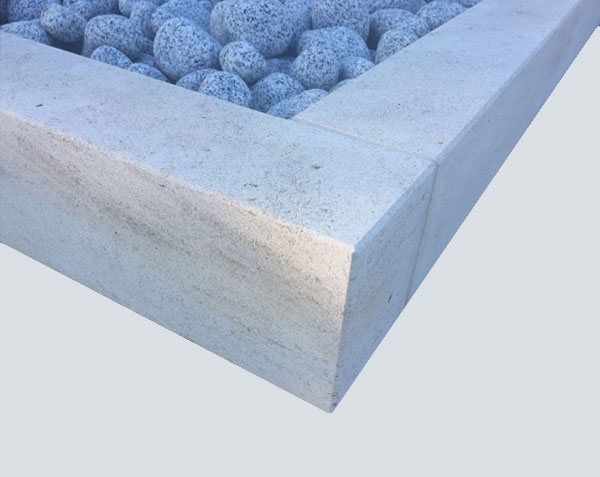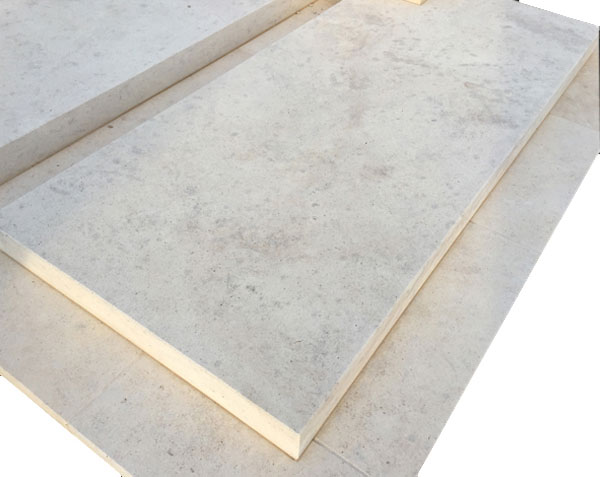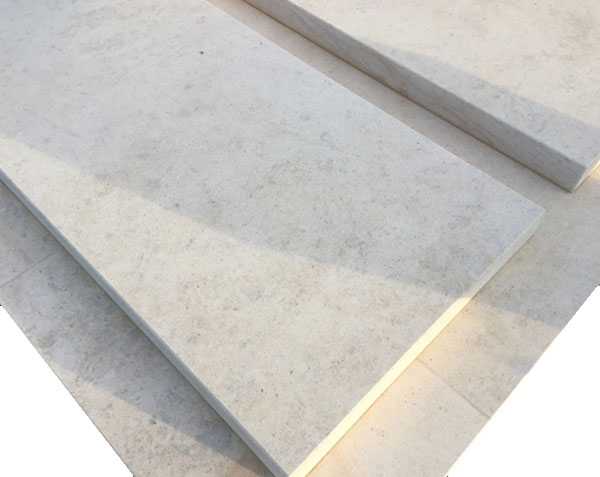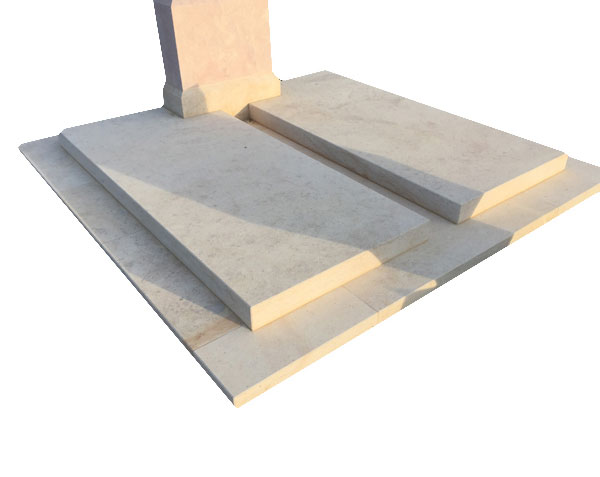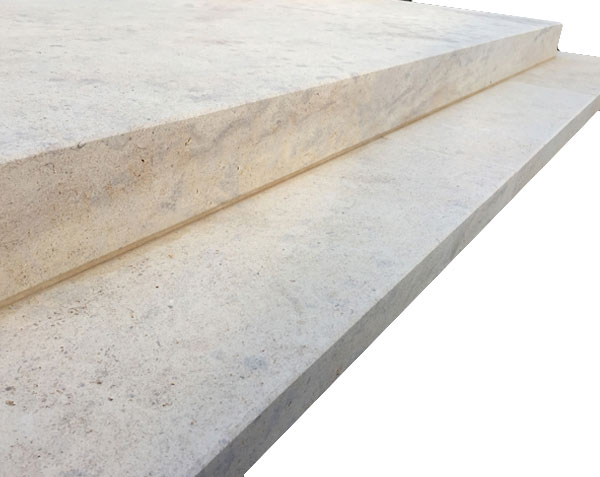What stone choice for a funerary monument ?
GRANITE, MARBLE OR STONE ?
The three most commonly used materials for a funerary monument are granite, marble, and stone. Despite the name "professionals manufacturers of tombstones," marble workers primarily use granite, which predominantly comes from China and Portugal. French granite is also used, albeit to a lesser extent.
GRANITE, MARBLE OR STONE ?
Granite offers many advantages in terms of color variety, ease of maintenance, and price. However, it is often perceived by families as too cold or austere. This material may not always reflect the history or personality of the deceased. Moreover, granite dominates cemeteries and cremation spaces with graves that look very similar to each other: beige granite from China, pink granite from Portugal, gray granite from Tarn, and so on.
Marble always carries a sense of nobility due to its historical use by renowned sculptors like Michelangelo. However, marble has two disadvantages: its significantly higher price compared to granite or natural stone, and its limited range of colors.
Natural limestone
At Le Comptoir des Pierres, we specialize in funerary monuments and tombstones made from natural Burgundy stone. You won't find granite or marble on our site. Natural stone offers an unmatched appearance, transforming a burial into an exceptional monument.
The criticism often leveled against natural stone is its higher maintenance compared to granite. First and foremost, we have selected 5 stones (out of 82 different stones in Burgundy) that are most suitable for the funerary context. Additionally, we protect all our creations with a water-repellent and oil-repellent treatment. This treatment can be reapplied every 15 years, although it is not mandatory; the stone will naturally develop a patina over time. The application doesn't require a professional; it takes about 15 minutes to apply the treatment to a monument using a microfiber cloth. The cost is low and readily available. For example, we sell this treatment on our online store.
We offer 6 natural stones from Burgundy specifically from Côte d'Or, that are ideally suited to your preferences in terms of durability, color, finish, and appearance. This page aims to present these stones along with the possible finishes.
COMBLANCHIEN : the exceptional marble stone
The Comblanchien stone is a marble stone, which means it is a hard stone that can be finished with a smooth (honed) or even a polished finish.
There are 2 variants of Comblanchien extracted from the quarry. The first is Comblanchien Clair, favored in the funerary context, devoid of shellfish fossils, with a beige-cream color and small pink veins. It is the purest form of the stone. Its visual appearance resembles marble with the added warmth of natural limestone. This variant is becoming increasingly rare; located at the foot of the quarries in the village of Comblanchien, we have privileged access to this resource.
The second variant is Comblanchien Légèrement Moucheté, which is more prevalent in the Comblanchien quarry and therefore less expensive. Its distinctive feature is the presence of darker-colored shell fossils. This type of Comblanchien is also known as Comblanchien LM for Légèrement Moucheté.
The finish for funerary monuments or tombstones in Comblanchien is honed. This stone and finish also allow for precise engraving work.
Several achievements in the funeral industry using Comblanchien stone :
COMBLANCHIEN CLAIR
COMBLANCHIEN LEGEREMENT MOUCHETE
LANVIGNES, SEMOND & AMPILLY : The limestones from Châtillonnais for a 100% natural finish
The stones from Châtillonnais (located 40 minutes north of Dijon in Côte d'Or) are known as semi-hard, softer than Comblanchien. These stones are often finished in a brushed ("aged") style, giving them a relatively raw natural stone appearance, especially the Lanvignes stone. The surfaces of the monuments may have small cavities, which enhance the natural character of these stones. Like Comblanchien stone, these stones are frost-resistant. Therefore, our stones and monuments are suitable for all regions of France.
We offer three stones from this region: Lanvignes stone, predominantly golden-yellow; Ampilly stone, with a beige-brown color; and Semond stone. Similar to Comblanchien, Semond stone also has two variants: Semond Nuancé and Semond Clair Veiné.
Semond Nuancé is beige-cream with gray sedimentary patches, while Semond Clair Veiné is lighter, more uniform, and tends towards white; slight orange veins may be locally present.
Several tombstone and funerary monument achievements in Lanvignes, Semond, and Ampilly stone :
LANVIGNES DORE-JAUNE
This natural stone with its timeless charm is enhanced in the simplest monuments, especially tombstones with just an engraving, often without a vertical stele.
SEMOND NUANCE and SEMOND CLAIR VEINE
The two photos of the tomb with the cross and the base with pebbles are in Semond Nuancé (the photos were taken in the shade - the actual appearance is brighter). The other photos are in Semond Clair Veiné. Each time, the finish is hand-brushed ("aged").
Semond Nuancé is darker and exhibits more variation compared to Semond Clair.
AMPILLY TIGRE
The Ampilly Tigré stone has a darker hue leaning towards brown compared to the previous stones. The aged finish gives it a very natural appearance. We have been working with this stone for a shorter time than Lanvignes or Semond stones, so we have fewer photos in the realm of funerary work. However, you can see more general achievements on this dedicated page for Ampilly limestone.
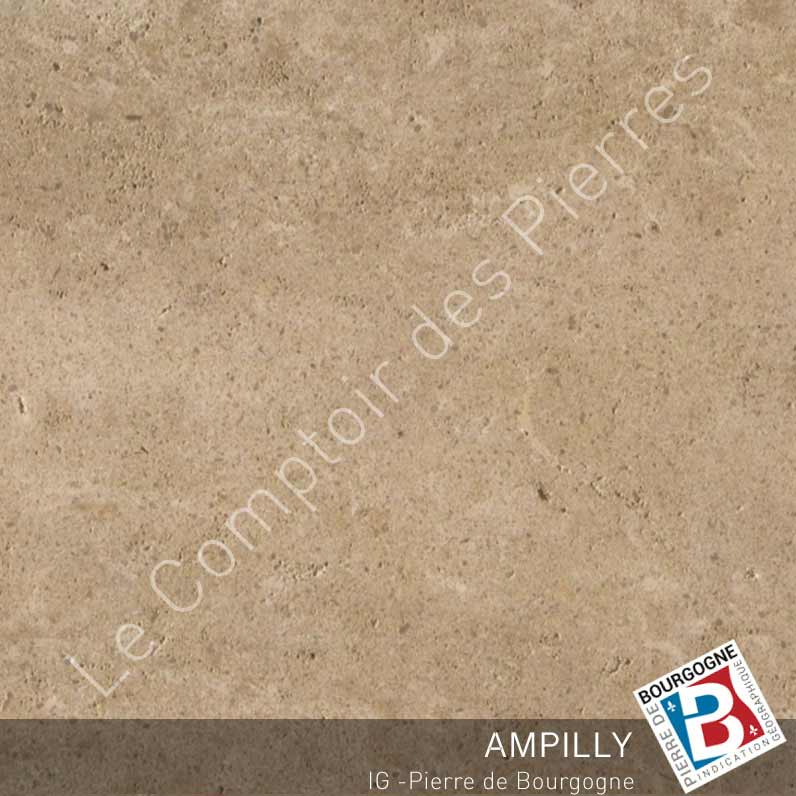
Feel free to contact us to discuss your project. We can also connect you with installers across France.
